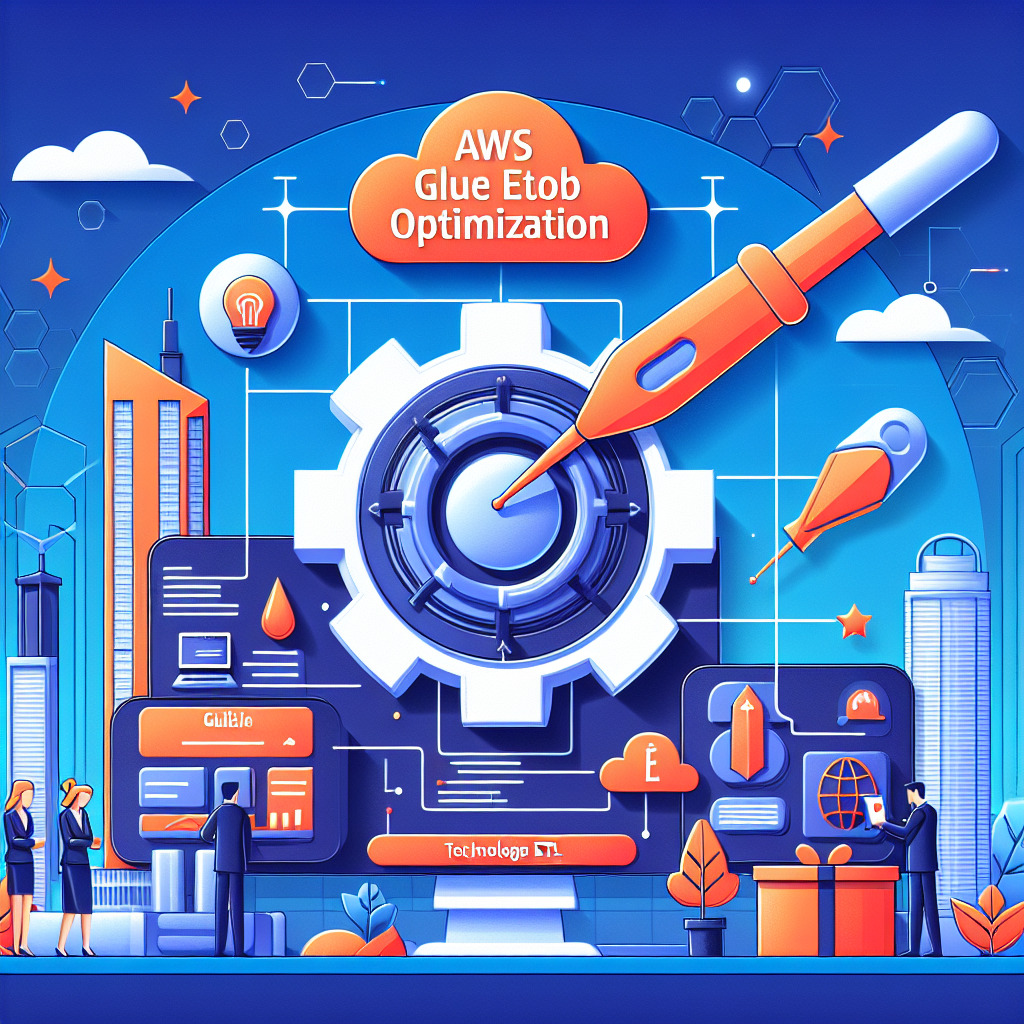
AWS Glue has become a cornerstone for data integration in cloud environments, especially in managing ETL (Extract, Transform, Load) workflows. For beginners in India, understanding AWS Glue ETL job optimization can significantly enhance the efficiency of their data processing tasks. In this guide, we'll explore the ins and outs of optimizing AWS Glue ETL jobs, highlighting the latest updates as of November 2025.
By the end of this article, you'll be well-versed with current features, benefits, risks, and actionable tips for AWS Glue ETL job optimization, making your transition into data engineering smoother and more effective.
📚 Table of Contents
- What is AWS Glue ETL Job Optimization?
- Latest Updates & Features (November 2025)
- How It Works / Step-by-Step
- Benefits of AWS Glue ETL Job Optimization
- Drawbacks / Risks
- Example / Comparison Table
- Common Mistakes & How to Avoid
- FAQs on AWS Glue ETL Job Optimization
- Key Takeaways
- Conclusion / Final Thoughts
- Useful Resources
- What is AWS Glue ETL Job Optimization?
- Latest Updates & Features (November 2025)
- How It Works / Step-by-Step
- Benefits of AWS Glue ETL Job Optimization
- Drawbacks / Risks
- Example / Comparison Table
- Common Mistakes & How to Avoid
- FAQs on AWS Glue ETL Job Optimization
- Key Takeaways
- Conclusion / Final Thoughts
- Useful Resources
What is AWS Glue ETL Job Optimization?
AWS Glue ETL job optimization refers to the process of enhancing the efficiency and performance of ETL tasks within AWS Glue, a fully managed ETL service. By optimizing these jobs, users can reduce processing time and costs associated with data transformation and loading. As of November 2025, AWS Glue has seen the introduction of version 4.0, which includes performance improvements and new features tailored for large-scale data processing.
Latest Updates & Features (November 2025)
- Enhanced Auto Scaling: AWS Glue now offers enhanced auto scaling capabilities, allowing for more responsive resource allocation during peak loads.
- New Data Lake Integration: Seamless integration with AWS Lake Formation simplifies secure data access for Glue jobs.
- Improved Spark UI: The updated Spark UI in Glue 4.0 provides more detailed job execution insights.
- Increased Node Capacity: Support for larger node configurations accelerates processing of big data workloads.
- Advanced Error Handling: New error handling features allow for automated retries and more detailed logging.
How It Works / Step-by-Step
- Define Data Sources: Identify and connect to data sources such as Amazon S3 or RDS.
- Create a Glue Crawler: Use crawlers to catalog data, making it accessible for ETL operations.
- Design ETL Jobs: Utilize the Glue Studio to design jobs with the drag-and-drop interface.
- Optimize Job Configurations: Adjust configurations such as worker types and memory allocations to enhance performance.
- Run and Monitor: Execute jobs and monitor performance using the Spark UI and AWS CloudWatch.
Benefits of AWS Glue ETL Job Optimization
- Cost Efficiency: Optimized jobs reduce resource usage and associated costs.
- Performance Improvement: Faster job execution enhances data processing speed.
- Scalability: Easily scales with data growth, accommodating larger datasets without manual intervention.
- Ease of Use: User-friendly interfaces make it accessible for beginners.
- Integration: Seamlessly integrates with other AWS services, enhancing data ecosystem connectivity.
Drawbacks / Risks
- Complexity: Initial setup and optimization require a learning curve.
- Resource Limitations: Misconfigured jobs can lead to resource underutilization or overspending.
- Dependence on AWS: Heavily reliant on AWS infrastructure, which may not suit all business needs.
Example / Comparison Table
| Feature | AWS Glue 4.0 | Snowflake | Traditional DW | Pros/Cons |
|---|---|---|---|---|
| Auto Scaling | Yes | Limited | No | Pros: Flexibility; Cons: Complexity |
| Data Lake Integration | Seamless | Partial | Limited | Pros: Integration; Cons: AWS-bound |
| Node Capacity | High | Moderate | Low | Pros: Speed; Cons: Cost |
| User Interface | Intuitive | Robust | Basic | Pros: Ease of use; Cons: Features |
📢 Share this post
Found this helpful? Share it with your network! 🚀
MSBI Dev
Data Engineering Expert & BI Developer
Passionate about helping businesses unlock the power of their data through modern BI and data engineering solutions. Follow for the latest trends in Snowflake, Tableau, Power BI, and cloud data platforms.
No comments:
Post a Comment